
A draughty cottage in Blackburn North was transformed into a sustainable, energy-efficient Passivehouse-standard home using recycled materials and ecological design.

A draughty cottage in Blackburn North was transformed into a sustainable, energy-efficient Passivehouse-standard home using recycled materials and ecological design.

Smart windows, like electrochromic and thermochromic types, help reduce energy use by controlling heat transfer, but further research is needed to make them more efficient and suitable for diverse climates.
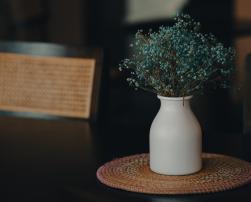
Indoor air pollution, caused by tobacco smoke, cooking, cleaning products, mould, and dust, poses serious health risks, but can be mitigated through ventilation, HEPA filters, green products, air purifiers, and indoor plants.

The call for presentations and poster outlines is open until 20 January 2025. We encourage active participation, and therefore, we are inviting all those interested to apply to present at one of the panel sessions or submit a poster. There are also several options for EU or other projects to participate in the event.
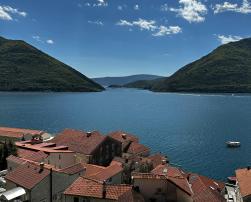
The study evaluates the capacity of Montenegrin residential buildings to prevent overheating by analysing building features, occupant behaviour, and climate data, highlighting the need for proactive policies and improved passive design measures to address increasing overheating risks under future climate conditions.

Building conversations up with... Dr. Zuhaib Batra, Scientific Collaborator at Smart Living Lab, Fribourg (Switzerland) and Former Senior Project Manager at Buildings Performance Institute Europe (Brussels).
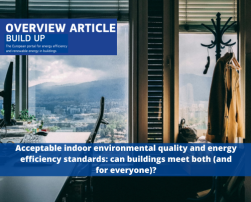
A sustainable society is one that protects the environment while fostering conditions that promote the mental and physical well-being of all its members. In the building sector, this means creating structures that are energy-efficient, low-emission and healthy and comfortable. But can health and comfort be ensured while still ensuring sustainable use of resources?
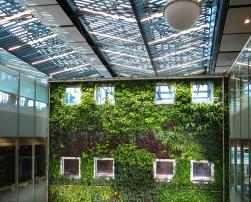
Biophilic design integrates natural elements like light, greenery, and organic materials into spaces to enhance well-being, reduce stress, and foster a deeper connection with nature.
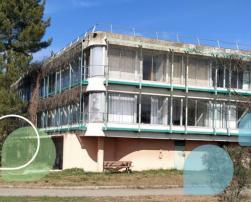
The office building in Aix-en-Provence, built in the 1970s, has an SRI score of 39%. Suggested improvements, like upgrading the heating, lighting, and ventilation systems, adding solar panels, and installing motorised sun protections, could raise its score to 51%, enhancing energy efficiency, comfort, and flexibility.

As a part of the IEA EBC Annex 78 "Supplementing Ventilation with Gas-phase Air Cleaning, Implementation and Energy Implications", this webinar will focus on the energy performance of gas-phase air cleaning.